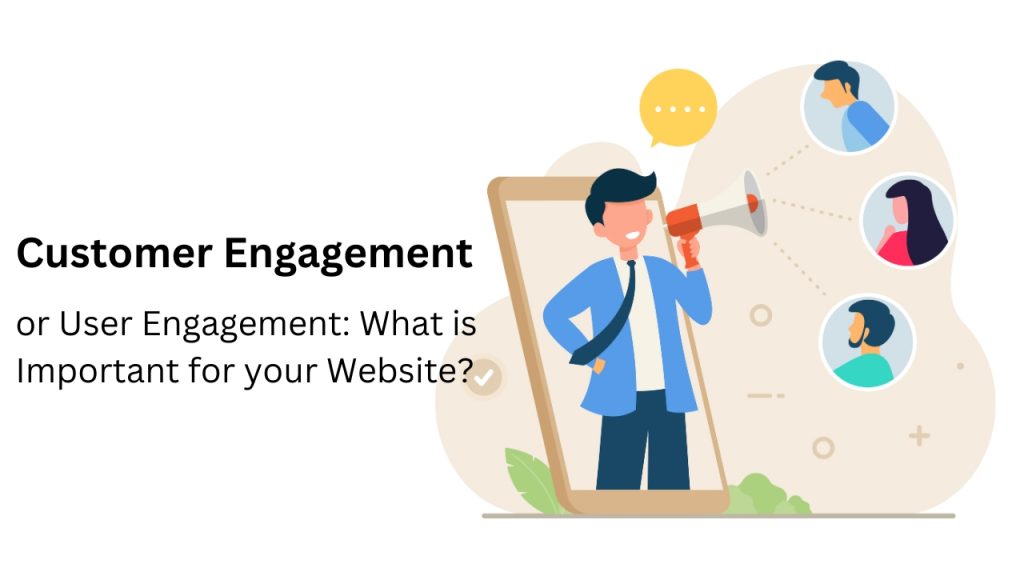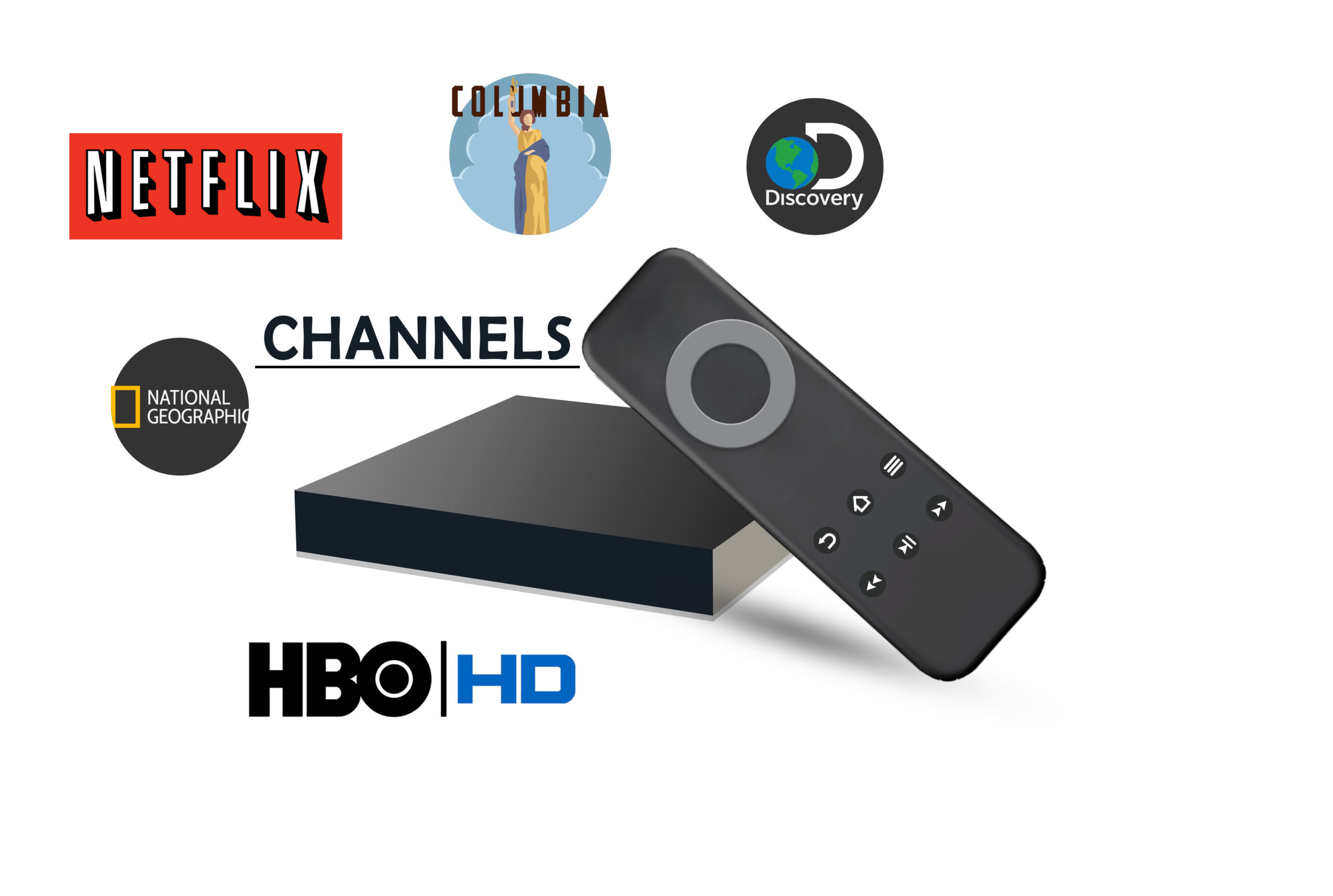If I ask you to differentiate your customer from your user, will you be able to do that? If not, then you might want to look into this post. There is a thin line that separates a customer from a user. Many Marketers think of these two terms as identical; they refer to them as synonyms. But trust me that can be the gravest mistake a marketer can make. Obviously, both the terms have reasonable disguising factors stringed with them, but you should be able to separate them in terms of semantics and also practice. This also applies to user engagement strategy and customer engagement strategy.
Understanding of User Engagement & Customer Engagement.
Let us first understand individually, the meaning of User & Customer.
A user is someone who browses your message. You can only assume that this user might be interested in the product or service you are offering. Or he is just checking out your website through some flyer you published the previous week, maybe glancing at your social ad, or just some friend of his told him about your website. The bottom line is this user could be anyone who might never purchase anything from you, but there are chances that they might. However, for a blogger, the User is the same as a customer if he/she subscribes to his blog.
A customer, on the other hand, is someone who actually buys from you. Someone who is giving you cash for something you offer. Someone who has a genuine need for your product or service. If someone has no interest in your product or service, he will never purchase anything from you and hence, definitely not your customer. Remember, no one in the business can say that, “Everyone is my customer” it’s quite unreal if they say that. For a customer, you can say that ‘you know the person’ as you will be having his email id and phone number.
So, in summary, we can say that a customer is a refined segment of your user.
This also follows up in terms of engagement; user engagement usually is like reading a post, commenting, and subscribing to your newsletter. While customer engagement is more likely to be focusing on financial transactions in replacement of your product or service. In short, if you are a blogger you will emphasize user engagement, and if you are a marketer of some product, you have to focus on customer engagement.
Consumer Engagement Strategy: A Talisman for online marketing
Now I want to be clear on this that as a marketer, you should understand the relevance of a user as well as of a customer. Remember, every customer was once just your user, but every user cannot be your customer. So, always make some effort to attract a user to become a potential buyer or consumer. I have an acronym for every marketer which can be enlisted as a golden rule for consumer engagement strategy.
Attract strangers to become visitors through the blog, keywords, and social publishing.
Convert visitors to leads by forms, call-to-actions, and landing pages.
Close leads into customers with CRM, Email, and Workflow.
Delight customers into promoters through surveys, smart content, and social monitoring.
That’s it… A.C.C.D (I know it’s not very attractive, but it’s effective.)
If you’re converting KPIs containing these factors, you will definitely be a smart marketer. One common mistake every marketer commits is always focusing on customers rather than on users. Never forget the point is a user has endless possibilities to become a customer. So, plan your approach towards a user also.
Let’s go through some of the ideas which will make you understand this concept more efficiently.
To do a list of a marketer: Customer Engagement Ideas.
Use microcontent in showing off your personality.
E-commerce branding can be a very strong way to build continued consumer engagement.
This enables you to engage your customer emotionally, which is long-lasting and strong. One of the famous inbound marketers quoted, “Solid Branding starts with an excellent copy.”
Pair requests with returns in order to create a perfect positive feedback loop.
Everyone likes to get rewards. So does your customer. Rewards like coupons & discounts can be offered in return for feedback and reviews. With user-generated reviews, your customer engagement impact will be doubled.
Share your customer’s reviews on social media.
Reviews might not be the first thing that strikes your mind; however, they are very powerful in re-engaging your current customer. It also increases the conversion rate from social sites and will definitely raise brand awareness.
Some customer engagement examples for you to demonstrate the ideas.
There are in fact numerous customer engagement examples that can provide you a clear understanding of ideas and strategies to follow. For instance take an example of Amazon, a premium online market that constantly follows up with their customer and is often very active in social media. They give their departing customer such an offer that he can’t refuse, hence retained by them. For more examples try out this… 3 Examples of Successful Customer Engagement Strategies.
In the end, I would like to conclude that every marketer should emphasize both its user and consumer to attain a successful, transactional business. Try out these strategies and please do share the feedback. Let us all know what you might experience.
Like this:
Like Loading...













 Boost Your Business Website Conversions with These Design Tips
Boost Your Business Website Conversions with These Design Tips
Hi Sarah,
Thank you sharing this article, it surely did clear many of my questions. This was helpful
Hi Sarah !
This article helped me through my business. I gained idea and possible marketing strategies. Thanks for sharing these tips. Hope you could post more! Have a great day
Hey Sarah,
User experience is most important thing when it comes to subject of selling factor for any business. Customer engagement is the strongest indicator of customers feelings about your brand. Thanks for sharing these valuable tips regarding subject.
With best wishes,
Amar kumar